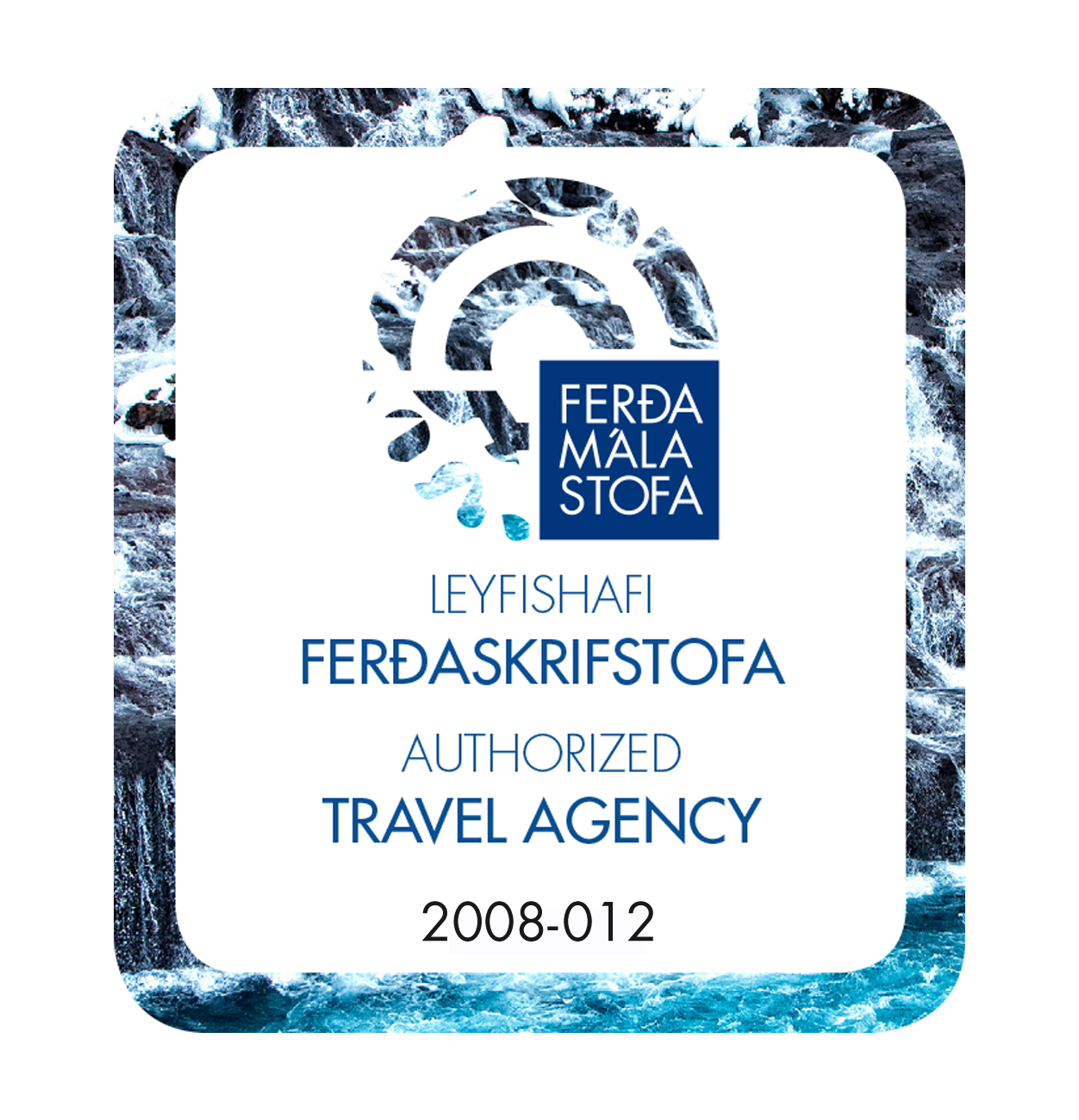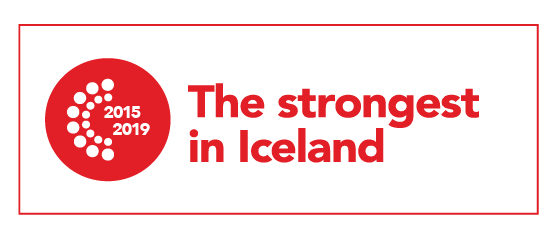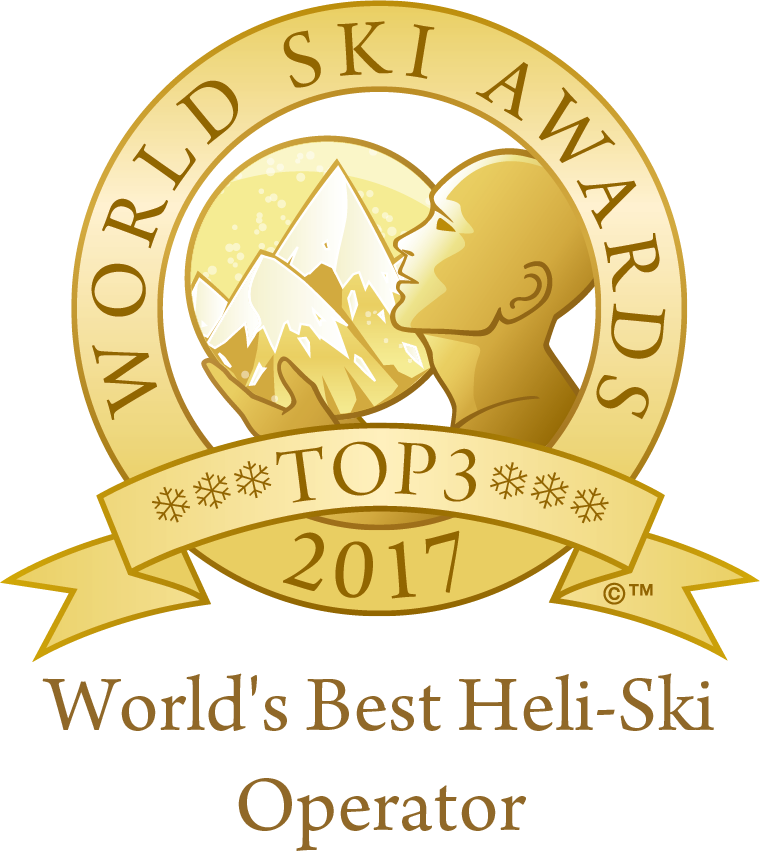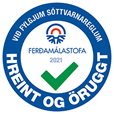YOUR SAFETY IS OUR FIRST PRIORITY
Arctic Heli Skiing is not only the original Icelandic Heli Skiing company but also the only company owned and operated by an Icelandic Internationally Certified Mountain Guide. There are in fact only 6 Icelanders that hold ski guiding certifications from internationally recognized certifying bodies and all 6 work for Arctic Heli Skiing. In addition we are the only company in Iceland that upholds the standards of HeliCat Canada, the world's leading trade association for heliskiing. So in short do not be fooled by unrecognized guiding certification abbreviations or big talk on websites. Do your research and you will quickly come to know that when it comes to your safety, no other Icelandic company upholds higher standards, is better equipped, trained or prepared to show you a grand time in the mountains whilst always keeping your safety as the first priority.
INDUSTRY PROFESSIONALS
Professionalism and good service is what Arctic Heli Skiing is all about. We provide our guests with professionally certified, internationally recognized and experienced guides (IFMGA | ACMG | AMGA). We are Iceland's only certified mountain guides and therefore uphold standards that are well beyond any other operation in the country. Each one of our guides has undergone a strict training and exam process specializing them in risk assessment in the mountain environment. Every season we conduct in-house training including mountain rescue and emergency response procedures. This is crucial, given the fact that helicopter skiing is far from being risk free. Below you will find more information on our certifications and professionalism. Visit Our Team page to find out more about our guides.
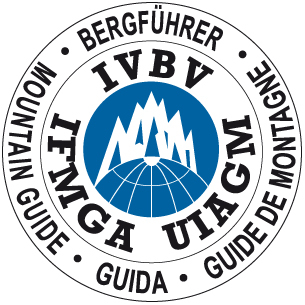
UIAGM-IFMGA-IVBV-The International Federation of Mountain Guides Associations: The only worldwide federation of mountain guides, setting strict standards that over 20 member countries must adhere to in their training and exam process. To become a fully certified IFMGA Mountain Guide each candidate must spend between 5-10 years in training in all 4 disciplines of Mountain Guiding. They are rock climbing, ice climbing, mountaineering and ski mountaineering. The IFMGA standard is the highest and most respected in the world. Jökull Bergmann the founder of Arctic Heli Skiing is Iceland's first and only IFMGA certified Mountain Guide.

ACMG-Association of Canadian Mountain Guides: The ACMG was the first mountain guides association outside of Europe to become a member of the IFMGA. The ACMG is well known for leading the worldwide standard in the ski guiding industry as well as avalanche training. Jökull Bergmann is a member of the ACMG with whom he completed his IFMGA training and exam in 2008.

AMGA-American Mountain Guide Association: The AMGA maintains the highest standards of professionalism expected in guiding and climbing instruction in the US. The AMGA provides its mountain guides with connections to each other and to the larger community of guides and clients across the country and around the globe. As an organization, the collective voice of the profession is strengthened and the momentum of the craft accelerated.
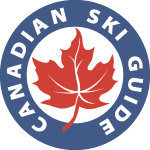
CSGA-Canadian Ski Guide Association & Institution: The CSGA was established in 1990 and consists of a training institute which exists to train professional guides for the mechanized skiing industry. The goals and objectives of the association are to develop and to maintain the highest possible professional ski guiding service standard for its membership and the ski industry.

AIMG-Association of Icelandic Mountain Guides: The AIMG was founded in 2014 in an attempt to introduce and enforce standards in the guiding industry in Iceland as there were previously no industry regulations in place. The Association is currently working on getting established as the standard setting organization in the country and is actively pursuing partnerships with current IFMGA member countries to strengthen its mission.

CAA-Canadian Avalanche Association: Arctic Heli Skiing is an Associate member of the Canadian Avalanche Association, the world's leading experts in all matters avalanche related. No other association upholds standards as high or maintains as comprehensive a training program for its members.
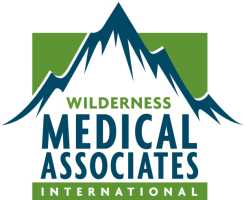
WMA-Wilderness Medical Associates: It is a crucial part of every mountain guides training process to undergo extensive training in first aid and medical procedures. Every mountain guide has at least a 70 hour certification in wilderness first aid and many are wilderness EMT's. To stay current and up to date every guide must re certify every few years.

HeliCat Canada: HeliCat Canada is the most prestigious industry association globally within the Heli skiing and Cat skiing industries. Arctic Heli Skiing is an Associate member of HeliCat Canada and is thereby the first Heli skiing operation outside of North America to start working with this industry standard setting organization.
